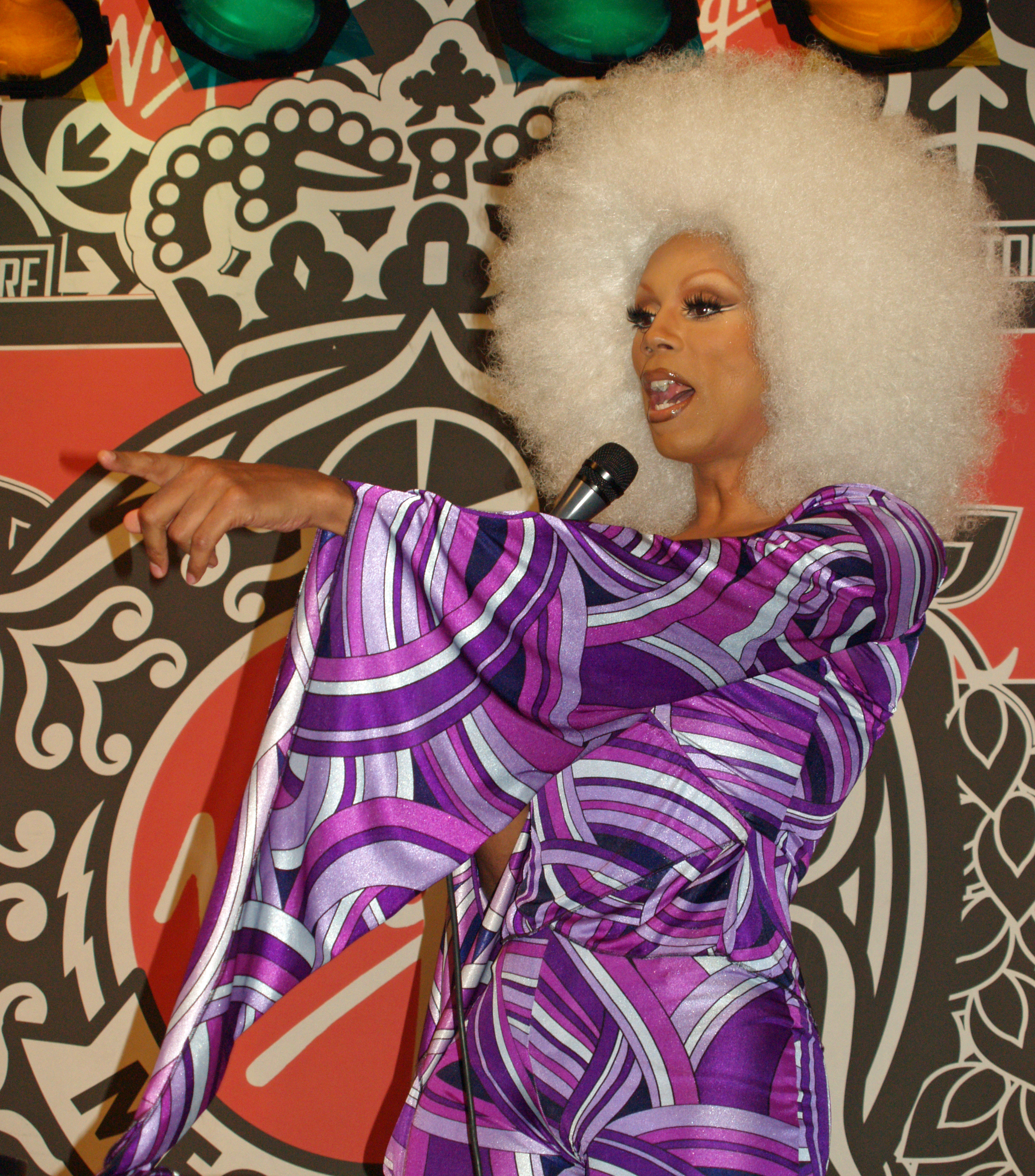
RuPaul Andre Charles in drag
I have kept a photo of RuPaul Charles, America’s most famous drag queen, in my home since I came out as a gay man 14 years ago. Black, gay, and poor—the odds were stacked against RuPaul ever becoming a success. Yet, he’s now a multi-million-dollar superstar drag queen celebrity running a successful business. There’s possibility everywhere.
Or is there?
During pride month for the past three years now, I have written a blog about LGBQT+ (Lesbian, Gay, Bisexual, Queer, Transgender) representation in the fields of science, technology, engineering, and mathematics (STEM). The question of LGBQT+ representation in STEM was borne from a conversation with another gay graduate student during my Ph.D. tenure.
We searched for data on LGBQT+ representation in STEM careers, but nothing came up. We couldn’t find out how many other people like us were in STEM. I remember this was disheartening because it gave us no sense of community in our own work.
Today, it’s still difficult to find data on LGBQT+ representation in STEM fields. Why? It’s certainly difficult to collect – sexual identity is fluid and some don’t want to divulge that information, even if a survey ensures anonymity. But more importantly, studies on the issue are scarce.
The studies that do exist do not paint a pretty picture for the LGBQT+ community in or seeking a career in STEM fields. For example, even though LGBQT+ students are more likely to get involved in undergraduate research (often a good predictor of undergrads progressing into STEM careers), they do not remain in these STEM fields. Depending on the study you read, LGBQT+ individuals are 17-21% less represented in STEM fields than expected.
Representation is just the first issue. LGBQT+ individuals that are out at work often report higher rates of negative workplace experiences compared to LGBQT+ individuals in other fields of work and their straight counterparts. This is due, in part, to LGBQT+ STEM professionals being harassed or witnessing harassment. Additionally, heteronormative standards continue to exist in most places of work resulting in unconscious biases that can create less-than-ideal work environments for LGBQT+ people (e.g., lack of acknowledgement of preferred gender pronouns).
How do we solve these problems? Well, there is a lot that we have to do, and it’s going to take long systemic change. However, one of the first steps that needs to be taken is for our government to recognize the plight of LGBQT+ individuals in STEM fields. This will require some data collection on LGBQT+ representation in STEM fields—something that I advocate the National Science Foundation (NSF) measure every year that I’ve written a pride month blog.
I advocate that the NSF undertake this research because it already conducts research regarding representation of individuals from minority populations in the STEM workforce. The NSF has compiled detailed statistics about women, underrepresented minorities, and the prevalence of various disabilities among US researchers and STEM students, but no measurements exist for those who identify as LGBQT+. The agency might consider doing this in exit surveys of PhD students, for example. Policies to ensure a diverse scientific workforce, something the NSF regards as important, cannot be developed without data. It’s time that they started collecting it, and there are some signs that maybe they will begin such efforts.
The Federal Committee on Statistical Methodology (FCSM) began a research group to address measuring sexual orientation and gender identity – their first background report was published in 2015. They identified federal agencies that have previously measured sexual orientation and/or gender identity, it is clear that NSF is missing. The FCSM research group also identified research needs, but LGBQT+ representation and retention in STEM fields is not listed.
Science informs policies that keep the public safe and healthy, often those who are most disadvantaged. But it is difficult to develop policies to fix issues that plague disadvantaged communities when data doesn’t exist. The LGBQT+ community needs NSF and other federal agencies to step up and start collecting data on our representation and retention in STEM fields. There is enough research outside of the government to show that there is a problem and that more research is needed.
Yes, there is possibility—anyone can grow up and become RuPaul, but there has to be room for them to do it. Right now, we have no idea whether such room exists for the LGBQT+ community in STEM, although the little research that has been conducted suggests the room available is limited and difficult to thrive within.
It’s been 50 years since Stonewall. I think it’s time that we make room for LGBQT+ folks in STEM. Don’t you?
